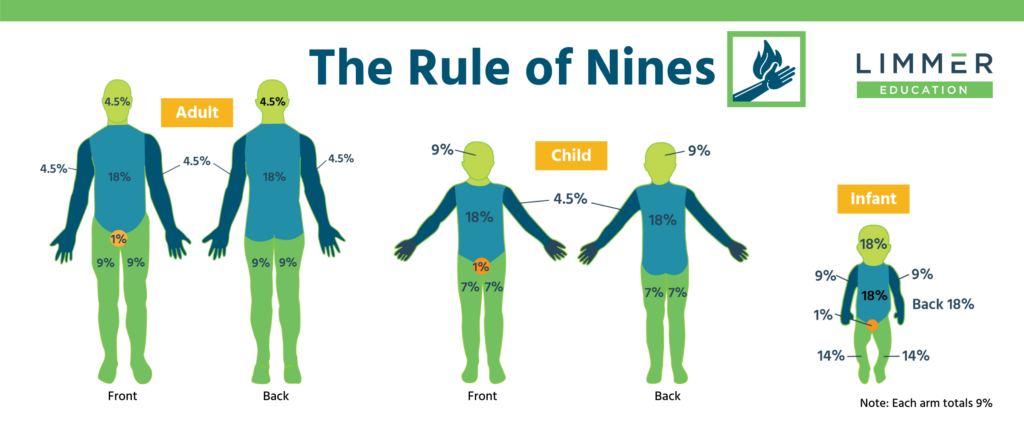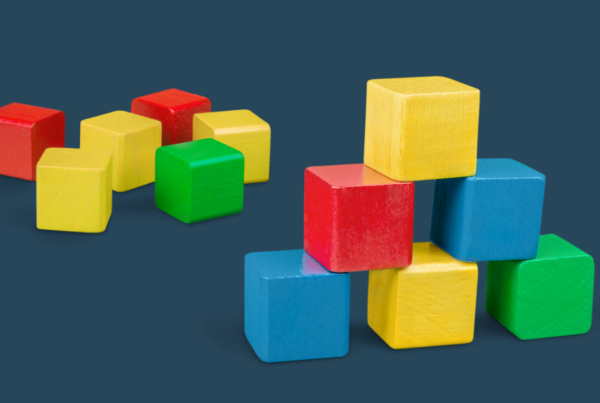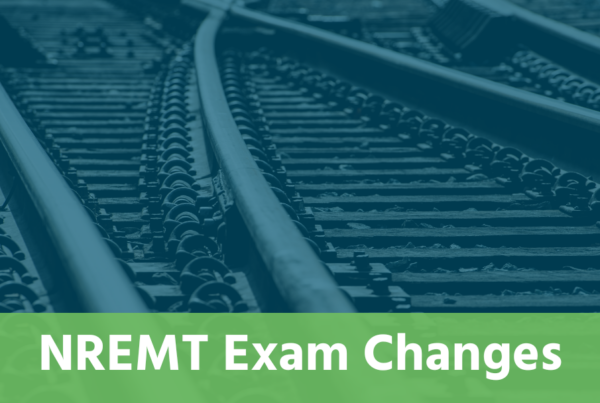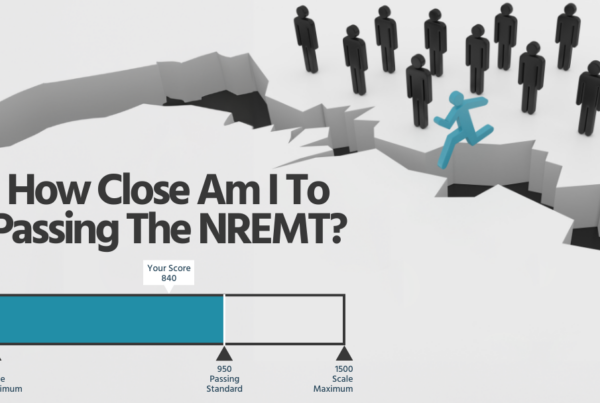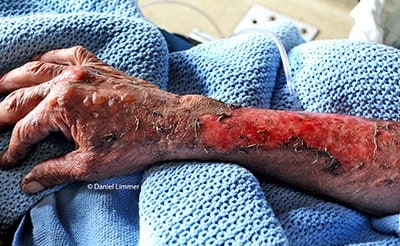
There is a good chance you’ll see a burn question on the NREMT exam. Here are a few tips for mastering the burn knowledge and formulas you may need.
Burns are classified by depth: superficial, partial-thickness and full-thickness (see table). The image is a partial thickness burn. Note the blisters, wet appearance and missing layer of epidermis characteristic of the partial thickness burn. This burn tricks some people because they see “charring” and mistakenly classify it as a full-thickness burn.
The Rule of 9s
The rule of 9s is a relatively simple method of remembering body surface area (BSA) for burns. Remember that it is an approximation and you shouldn’t be doing math when you should be resuscitating your patient. Where we mess up most in exam questions is when we are given partial areas. Remember to pay attention to descriptive terms such as anterior/posterior and partial areas. The anterior torso is 18%. You may be given a question where the anterior chest or abdomen are burned. These are each worth 9% BSA each. This is an important difference from 18% for the full anterior torso. The leg is 18% but the anterior leg is 9%. If you get a question which states half of the right arm is burned, the BSA is 4.5%. These small details are the difference between getting an exam question right and wrong.
The Parkland Burn Formula
The Parkland Burn Formula (4 x patient’s weight in kg x BSA burned) is a two-part process with a lot of math involved. This leaves room for errors on two fronts for our advanced students and providers. If you don’t get the BSA correct, you won’t get the formula correct. If you get the formula or calculation wrong, you won’t determine the correct amount of fluid. Remember that half the volume is delivered in the first eight hours. The remainder is delivered over the next 16 hours.
Learn the Burns
Additional info for learning burn formulas for emergency care:
- Burns Playlist on YouTube: Watch the videos for rule of 9s practice, burn center criteria, resuscitation fluid formula, and more.
- Additional Reading: Back to the Basics on Burns.
Burn Formula Practice & NREMT Prep
You’re bound to get burns questions on the NREMT. Get the right practice for the big exam:
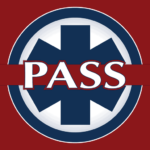 PASS Apps
PASS Apps
Our famous EMT, AEMT and Paramedic PASS apps are a little more challenging than the NREMT itself. We did that on purpose. If you can succeed on PASS practice exams, you can succeed on the NREMT. Check out the PASS apps.
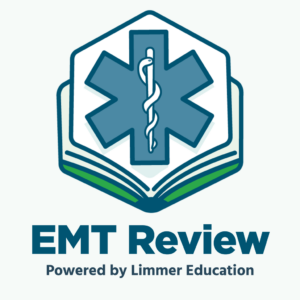 EMTReview.com
EMTReview.com
The most affordable NREMT prep program there is! This site is especially good for people who struggled in class or who already failed the NREMT once. High quality questions closely resemble those found on the NREMT. Get a membership.
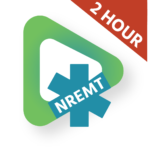 NREMT Review Streaming Video
NREMT Review Streaming Video
In two hours, learn how to analyze NREMT test questions. This video walks you through practice NREMT questions (including TEIs) and teaches you how to approach challenging questions. There’s nothing else like it! Stream from LC-Ready.com.
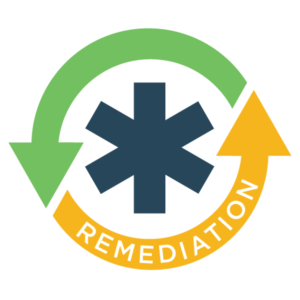 Remediation for EMT and AEMT
Remediation for EMT and AEMT
If you’ve failed the NREMT 3 times, the National Registry requires you to take a remedial course before your next attempt (the course must be 24 hours for EMT, 36 hours for AEMT). Limmer Education remediation is the most comprehensive course there is. Bonus: It’s not just a bunch of boring slides. Choose EMT or AEMT remedial training and sign up.

